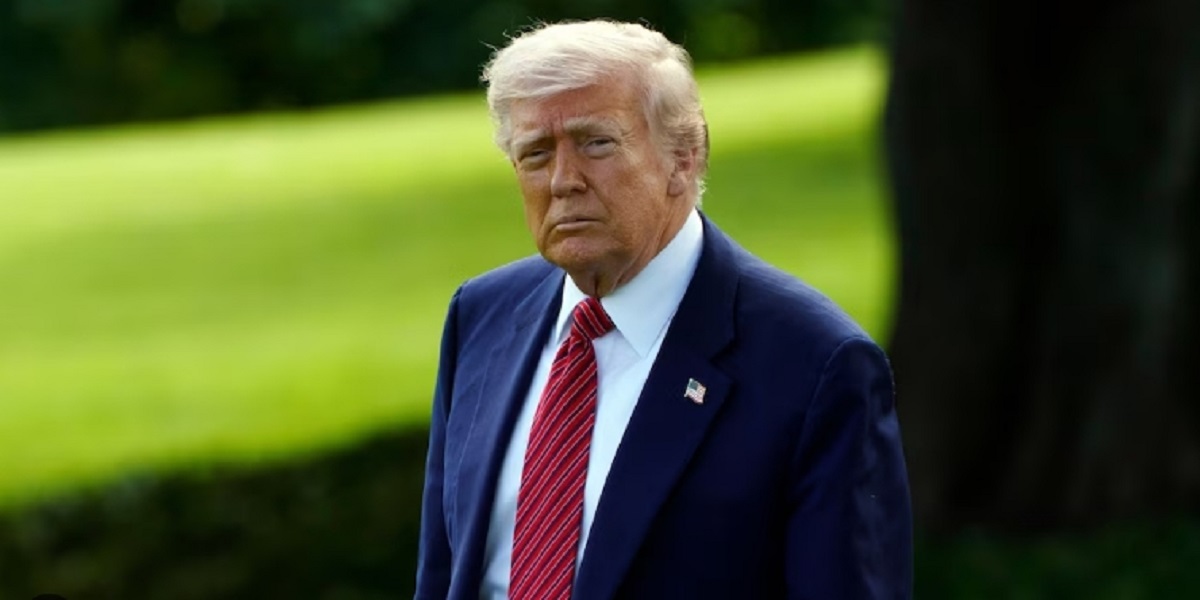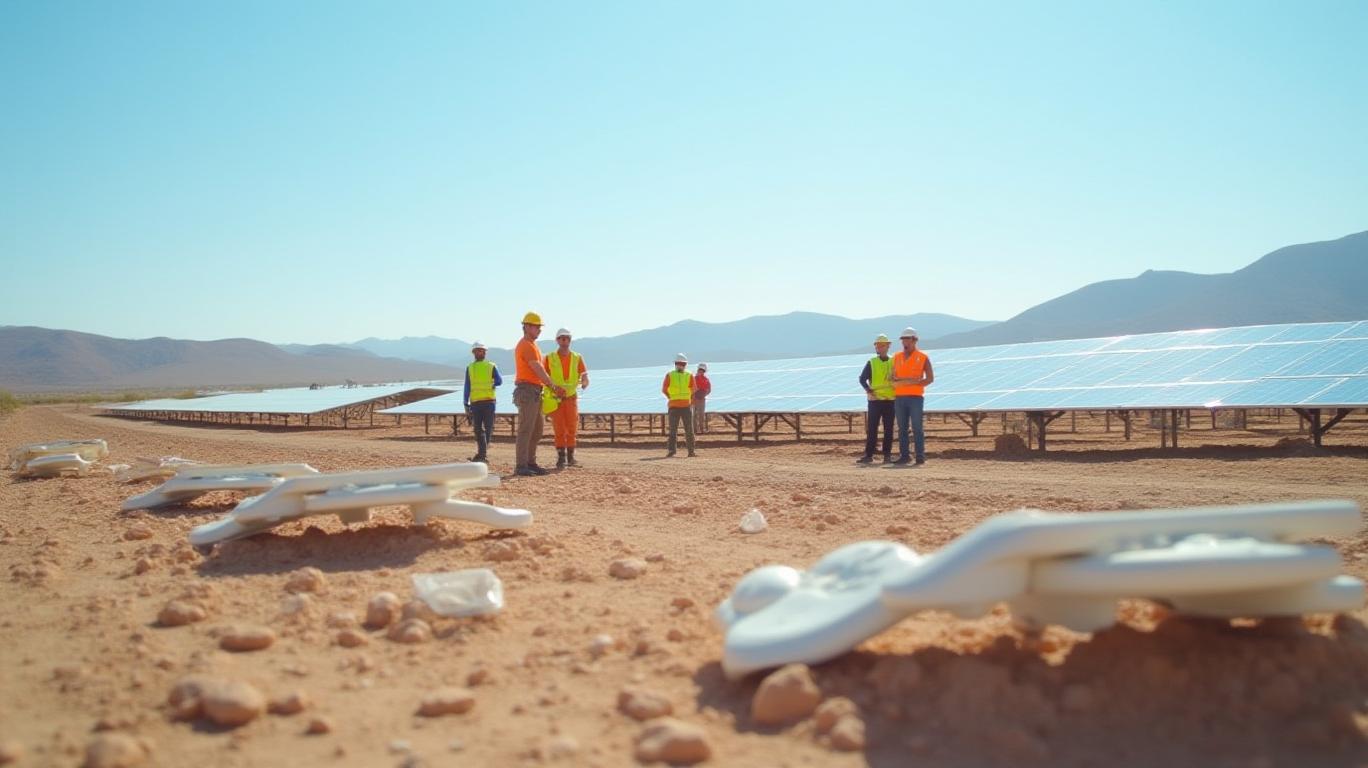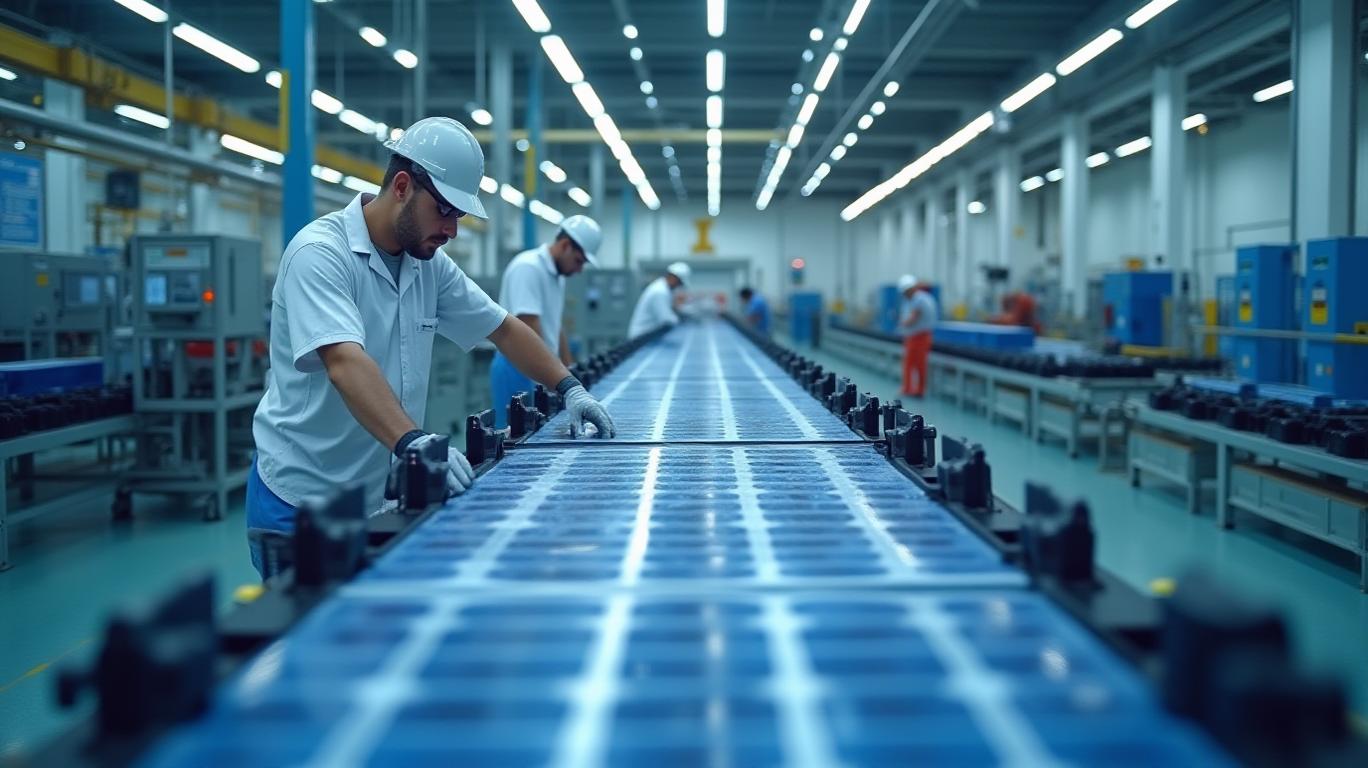Why First Solar (FSLR) Jumped 12% Tuesday: Tariffs, Analysts, and a Green Shift
On April 22, 2025, shares of First Solar Inc (NASDAQ: FSLR) surged 12.32%, marking one of its most significant single-day gains in years. The catalyst? A perfect storm of U.S. trade policy shifts, bullish analyst upgrades, and solid financial fundamentals that positioned the company to capitalize on a rapidly evolving renewable energy landscape.

The Tariff Catalyst: A Game-Changer for U.S. Solar Manufacturers
The immediate trigger for FSLR’s rally was the U.S. Commerce Department’s announcement of tariffs of up to 3,521% on solar panels imported from Cambodia, Thailand, Malaysia, and Vietnam. These tariffs, effective immediately, aimed to counter what the Biden administration called “unfair trade practices” by Asian manufacturers.
For First Solar—a company that relies almost entirely on domestic production at its Ohio and Indiana factories—the move was a goldmine. Competitors like JinkoSolar (JKS) and SunPower (SPWR), which source panels from Asia, now face prohibitive costs. Analysts estimate the tariffs could boost FSLR’s market share by 10–15% in 2025 alone, as developers pivot to U.S.-made panels to avoid penalties.
Analysts Rally Behind FSLR’s Backlog and Resilience
While the tariffs were the spark, analysts’ renewed confidence fueled the fire.
- Baird kept its “Outperform” rating, citing FSLR’s $10.2 billion backlog (up 20% year-over-year) and its position as a “top idea” for 2025.
- UBS lowered its price target but maintained a “Buy,” emphasizing FSLR’s ability to scale production without relying on Asian supply chains.
- Piper Sandler noted that FSLR’s 44.2% gross margin—among the highest in the sector—gives it pricing power even amid rising raw material costs.
The consensus: FSLR isn’t just surviving the trade war—it’s thriving.
The Financial Case: Profitability Amid Volatility
FSLR’s recent earnings report reinforced its financial strength:
- Revenue: $4.2 billion in 2024, up 18% year-over-year.
- Profit Margins: A net profit margin of 31.08%, driven by $437.9 million in EBITDA and operational efficiency.
- Balance Sheet: A debt-to-equity ratio of just 0.08, signaling minimal financial risk.
These metrics contrast sharply with peers like SunPower (SPWR), which reported a net loss of $135 million in Q1 2025 amid supply chain disruptions.
Risks and the Road Ahead
Despite the optimism, risks remain.
- Short-Term Execution: FSLR must ramp up production to meet its backlog while navigating rising polysilicon costs.
- Political Uncertainty: A Republican-led Congress could weaken the Inflation Reduction Act’s clean energy tax credits, a key driver for demand.
- Market Volatility: FSLR’s stock has swung wildly in the past year, with 31 days of 5%+ moves, including a 27% year-to-date decline before the tariff announcement.
Conclusion: A Strategic Bet on American Solar
First Solar’s 12% surge on April 22 wasn’t just a reaction to tariffs—it was a market validation of its strategy to dominate U.S. solar manufacturing. With a P/E ratio of 10.19 (vs. the sector average of 18.5), FSLR trades at a discount to its growth potential.
Analysts’ price targets, while adjusted downward, still imply upside of 15–20% from April lows. For long-term investors, FSLR’s 44.2% gross margin, $7.98 billion in equity, and domestic supply chain make it a rare “winner” in a sector rife with trade wars and policy risks.
However, traders should heed the warning: FSLR’s stock is not for the faint-hearted. Its performance hinges on execution—both in factories and in Washington. For now, though, the tariff tailwind has made FSLR a symbol of the renewable energy sector’s resilience—and a compelling play on the shift to American-made green power.


_41c5d7291749577840008.jpeg)






